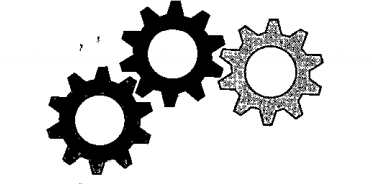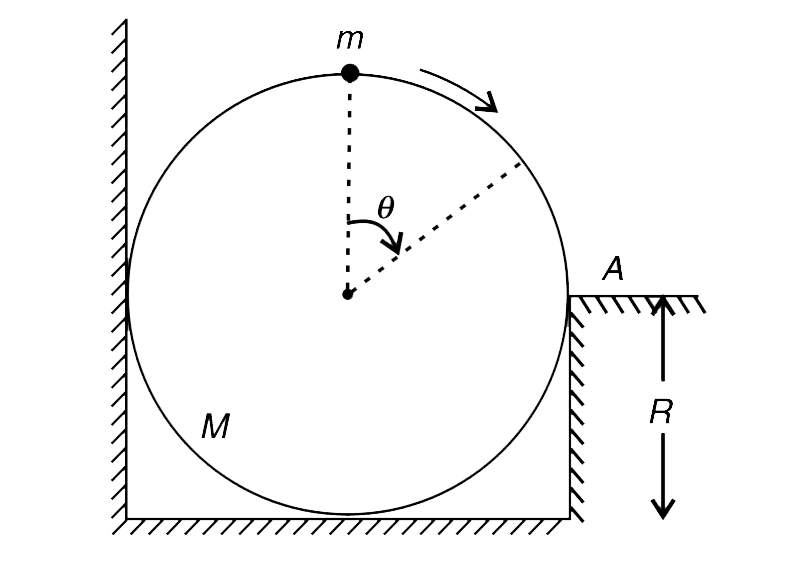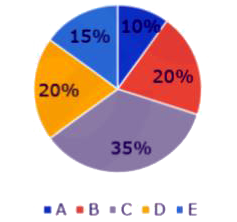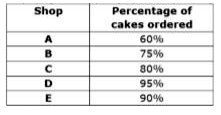
K stands for Kharif while R stands for Rabi. Negative values indicate loss/decline, while positive ones show gain/rise.
If the number of wells is 155 now, what was it 5 years back ?
5 years back nearly 215 wells were there.
Topper's Solved these Questions
- NATURAL RESOURCESBOOK - VGS PUBLICATION-BRILLIANTCHAPTER - NATURAL RESOURCESEXERCISE - FILL IN THE BLANKS
5 Videos
- NATURAL RESOURCESBOOK - VGS PUBLICATION-BRILLIANTCHAPTER - NATURAL RESOURCESEXERCISE - CHOOSE THE CORRECT ANSWER
5 Videos
- NATURAL RESOURCESBOOK - VGS PUBLICATION-BRILLIANTCHAPTER - NATURAL RESOURCESEXERCISE - QUESTIONS GIVEN IN THE LESSON (2 MARKS)
23 Videos
- MOSQUITOESS WOESBOOK - VGS PUBLICATION-BRILLIANTCHAPTER - MOSQUITOESS WOESEXERCISE - EXERCISE
3 Videos
- NATURE IS A SACRED PLACEBOOK - VGS PUBLICATION-BRILLIANTCHAPTER - NATURE IS A SACRED PLACEEXERCISE - Fill in the blanks
14 Videos
Similar Questions
if the equation x2−x=k−k2 (k∈R) has one positive and one negative real roots, then number of possible integral values of "k" is
View SolutionDirections: Study the following information carefully and answer the question given below:
K, L, M, P, Q, R, S and T are sitting around a square table in such a way that four of them sit at four corners of the square while four sit in the middle of each of the four sides. The ones who sit at the four comers face outside while those 'who sit in the middle of the sides face the centre of the .table.
P sits thirds to the right of S. S faces the centre. Q sits third to the left of M. M does not sit in the middle of the sides. Only one person sits between Q and R. R is not an immediate neighbour of M. T faces the centre. K is not an immediate neighbour of R.
What is position of M with respect to L?
1) Third to the right
2) M and L sit diagonally opposite to each other
3) Second to the right
4) Second to the left
5) Fifth to the right
View Solution
Knowledge Check
Each of the questions below consists of a question and two statements numbered I and II given below it. You have to decide whether the data provided in the statement are sufficient to answer the question . Read both the statements and
What si the position of K from the right end in a row ?
I. There are even number of students in the row. There are not more than 11 students in the row.
II. C stands at the extreme left end of the line. There are five students between C and B. O is third to the right of B. K is not at the extreme end. There is only one student between O and K.AGive answer (a) if the data in Statement I alone are sufficient to answer the question , while the data in Statement II alone are not sufficient to answer the question.BGive answer (b) if the data in Statement II alone are sufficient to answer the question, while the data in Statement I alone are not sufficient to answer the question.CGive answer (c ) if the data in Statement I alone or in Statemenet II alone are sufficient to answer the question .DGive answer (d) if the data in both the Statements I and II together are not sufficient to answer the question.K, L, M, P, Q, R, S and T are sitting around a square table in such a way that four of them sit at four corners of the square while four sit in the middle of each of the four sides. The ones who sit at the four corners face outside while those who sit in the middle of the sides face the centre of the table. P sits third to the right of S. S faces the centre. Sits third to the left of M. M does not sit in the middle of the sides. Only one person sits between Q and R. R is not an immediate neighbour of M. T faces the centre. K is not an immediate neighbour of R.
What is position of M with respect to L ?AThird to the rightBM and L sit diagonally opposite to each otherCSecond to the rightDSecond to the leftRedox reactions involve simultaneous reduction-oxidation reactions. The process of oxidation involves addition of oxygen or any other electronegative element or loss of hydrogen or any other electropositive element. The reverse of this process is called reduction. Reduction also involves addition of electrons or decrease in the oxidation number an atom or ion present in a substance. Substances which bring about oxidation of other substances are called oxidants while those which bring about the reduction of other substances are called reductants. In terms of electronic concept, reductants. In terms of electronic concept, reductants are electron donors while oxidants are electron acceptors. Oxidants also involve decrease in oxidation number of one of its atoms/ions while reductants involve increase in the oxidation number of one of its atoms/ions.
Oxidation numbers are always while numbers and must be always calculated on the basis of their structures and never from their molecular formulae. Redox reactants may involve combination of atoms/molecules, decomposition of substances, displacement of metals of non metals and disproportionation of a particular species which may be metals, non-metals or ions. Redox reactions can be balanced both by oxidation number method as well as by ion electron method.
A compound contains atoms of three elements A, B and C. If the oxidation number of A is +2,B is +5 and that of C is −2 the possible formula of the compound isAA3(BC4)2BA3(B4C)2CABC2DA3(BC3)2
The following figure shows the three gears, which work in tandem. That means when anyone of the gears rotates, all other gears will also rotate. One gear has 36 teeth, another one has 25 teeth and the third one has 30 teeth. Though the number of teeth is not shown correctly in the given figure.

The gears are now in starting position. If you start turning them and continue to turn them, eventually all three will end up at their starting positions. Each gear makesx,y,z complete turns in order to have all three in their starting position. What is the value of x+y+z?
View SolutionA uniform frictionless ring of mass M and radius R, stands vertically on the ground. A wall touches the ring on the left and another wall of height R touches the ring on right (see figure).There is a small bead of mass m positioned at the top of the ring. The bead is given a gentle push and it being to slide down the ring as shown. All surfaces are frictionless.

(a) As the bead slides, up to what value of angle θ the force applied by the ground on the ring is larger than Mg?
(b) Write the torque of force applied by the bead on the ring about point A as function of θ.
(c) What is the maximum possible value of torque calculated in (b)? Using this result tell what is the largest value of mM for which the ring never rises off the ground ?
View SolutionAmol bought a plot of land for 70,000 and a car for 32,000 on the same day. The value of the plot appreciates uniformly at the rate of 10% every year while the value of the car depreciates by 20% for the first year and by 10% for the second year. If Amol sells the plot of land as well as the car after 2 years, what will be the profit or loss on the whole ?
View SolutionStudy the given information carefully and answer the questions that follow.
The given below graph shows the percentage distribution of the number of cakes baked by 5 shops (A, B, C, D and E) on a given day. Total number of cakes baked by the 5 shops were 400.

The given below table shows the percentage of cakes ordered from the five shops out of the baked cakes.

Note:
Number of cakes unsold = Number of cakes baked - Number of cakes ordered
All the ordered cakes are to be considered as cakes sold.
The number of cakes that were unsold from shops A, B and C, 25 % were given to the beggars. Of the remaining, 25 % were eaten by the staff of the shops while the rest were sold the next day at 10% loss. If, each cake costed Rs. 250 to bake for all the shops, what was the total amount earned from these cakes?
View SolutionDelinking of jobs (261) degrees is one of the salient (262) of our education (263). There has been a steep (264) in (265) in the academic field in recent years. There is a (266) of degree holders in the country. As a result, university degrees have lost their value and charm while the number of students in colleges and universities of the country has been steadily (267). Consequently, thousands of graduates and postgraduates come out of these institutions and stand in (268) waiting to get some (269) jobs (270) in the country.
View Solution
